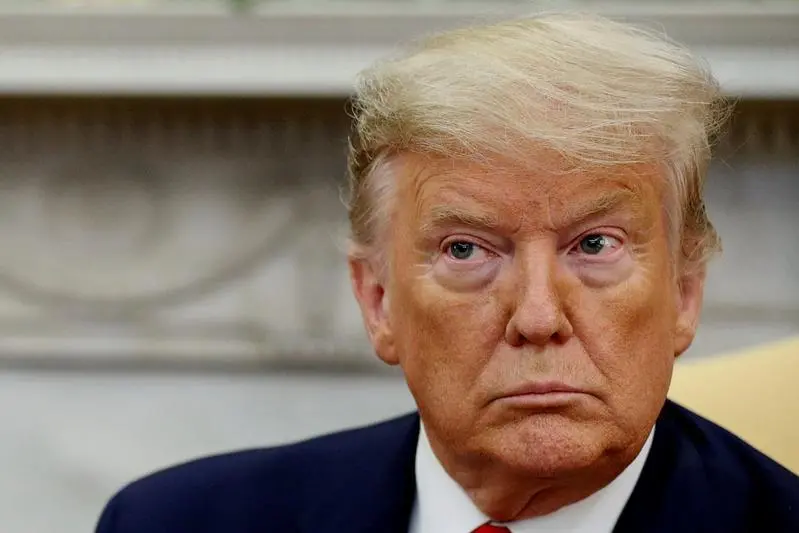PHOTO
NEW YORK - Like a broken clock, a lousy budget can sometimes look on point. The Trump administration released its proposed spending and revenue plans for fiscal year 2021, and its pro-growth, deficit-tackling agenda is pretty unconvincing. Not only are the roughly 3% growth estimates for the next decade well above consensus, but slashing spending on the social safety net would also likely hurt the economy rather than help it expand. Yet the budget does include at least one idea that could leave Americans better off.
This budget – like most of the ones that came before it – is basically a partisan fantasy. Congress must pass it, and it’s unlikely that the Democrats who dominate the House of Representatives will favor a plan that provides about $2 billion for the construction of a wall between the United States and Mexico, and cuts the Temporary Assistance for Needy Families program by about $1.7 billion.
On the latter, at least, the Democrats have a point. Consumption fuels almost 70% of the U.S. economy, so policies that reduce the funds going to lower-income Americans who consume a large percentage of their incomes doesn’t seem growth-friendly. And arguing that the budget deficit now needs to be a priority, when the administration’s Tax Cuts and Jobs Act helped it balloon to around $1 trillion, seems a little rich.
Admittedly the deficit is probably not the country’s biggest concern right now, as borrowing is incredibly cheap. But having a deficit of almost 5% of GDP when the economy is strong means the government may have less space to act if growth falters. Ideally, deficit spending should be focused on increasing the productive capacity of the economy.
That’s where one idea in the budget makes eminent sense. Trump says the government should fund research on artificial intelligence, via an $830 million increase in money that goes to the National Science Foundation – a 70% increase from the previous budget. The budget also puts forward over $720 million in spending for research on AI and quantum computing across departments. It’s not nearly enough, and could be undermined by proposed cuts to basic science funding. The fruits of this investment may not appear until after Trump has left office. But it’s the type of fantasy spending measure that deserves to become reality.
On Twitter https://twitter.com/Three_Guineas
CONTEXT NEWS
- The Trump administration released a $4.8 trillion budget for fiscal year 2021 on Feb. 10. It forecasts a deficit of 4.1% of GDP for 2021, with the national debt held by the public increasing to 81% of GDP. The budget cuts non-defense discretionary programs by 5% in fiscal year 2021.
- The budget increases funding to the National Science Foundation by over 70% from the previous budget for grants related to artificial intelligence and interdisciplinary research institutes. It also proposes a $1 trillion infrastructure plan that allocates $25 billion to revitalize rural America, including improving broadband access.
- The budget assumes the economy will grow by 2.8%, in real terms, in calendar year 2020, 3.1% in 2021, and not fall below 3% until 2026. It also assumes the annual average of the 10-year Treasury note will be 2% in calendar year 2020, 2.2% in 2021, and no more than 3.2% through 2030.
- The next step would be for Congress to draw up a budget resolution that would then be voted on by both the House of Representatives and the Senate.
(Editing by John Foley and Amanda Gomez)
© Reuters News 2020




















